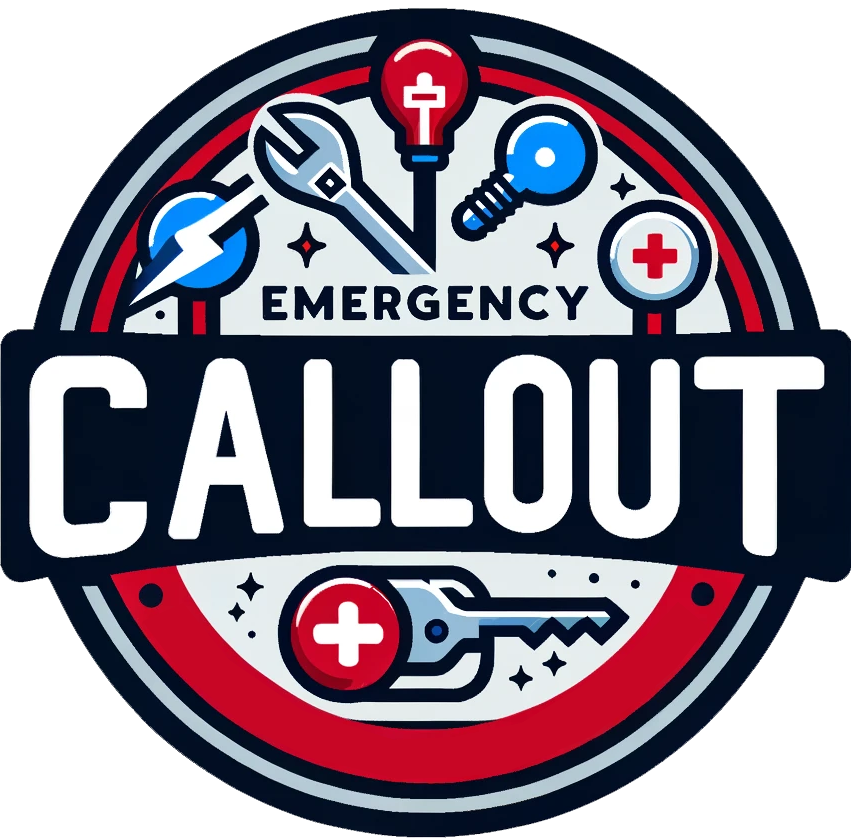In the UK, emergency telephone links play a crucial role in ensuring the safety and well-being of the public. Whether it’s calling for police, ambulance, or fire services, having access to a reliable emergency telephone link can be a matter of life or death. In this article, we’ll explore the importance of emergency telephone links in the UK, their significance in various emergency situations, and the advancements in technology that have improved their effectiveness.
The concept of emergency telephone links is not new to the UK. In fact, the first emergency telephone number, 999, was introduced in London in 1937. This groundbreaking initiative allowed people to easily connect with emergency services by simply dialing three digits. Over the years, the 999 emergency telephone number has become synonymous with seeking help in times of crisis, and it has undoubtedly saved countless lives.
In more recent times, the introduction of the 112 emergency telephone number has provided an additional option for contacting emergency services. The 112 number can be dialed from any landline or mobile phone and is particularly useful for individuals who are travelling in Europe, as it is the standard emergency number across the continent. In the UK, both the 999 and 112 emergency telephone numbers are widely recognized and trusted by the public.
One of the key factors that contribute to the effectiveness of emergency telephone links in the UK is the swift response provided by emergency services. When a call is made to 999 or 112, highly trained operators quickly assess the situation and dispatch appropriate assistance to the location. This rapid response is essential in situations where every second counts, such as medical emergencies, fires, or crimes in progress.
In addition to the traditional emergency telephone numbers, the UK has made significant advancements in technology to enhance the effectiveness of emergency communication. The introduction of location-based services, such as Enhanced 999 (E999) and Advanced Mobile Location (AML), has revolutionized the way emergency services respond to calls made from mobile phones. These technologies enable operators to pinpoint the exact location of a caller, even if they are unable to speak or provide their location verbally. This has proven to be particularly beneficial in situations where the caller is in distress or is unable to communicate effectively.
Another noteworthy development in emergency telephone links is the integration of text messaging and video calling capabilities. In the past, individuals who were unable to make a voice call due to hearing impairment or speech difficulties may have faced challenges in contacting emergency services. However, the introduction of text-to-999 and video relay services has provided alternative means of communication, ensuring that all members of the public have equal access to emergency assistance.
The reliability and accessibility of emergency telephone links in the UK have also been greatly improved through infrastructure enhancements. The widespread availability of high-speed internet and mobile networks has ensured that individuals in urban and rural areas alike can easily connect with emergency services. Moreover, the integration of emergency telephone links with other forms of communication, such as smart home devices and vehicle telematics systems, has extended the reach of emergency services and further streamlined the process of requesting assistance.
Despite these advancements, it is important to recognize that the effectiveness of emergency telephone links ultimately depends on public awareness and preparedness. Ensuring that individuals are informed about when to use the emergency telephone numbers, how to provide accurate information to operators, and the importance of maintaining a clear line of communication with emergency services is crucial in maximizing the impact of these vital resources.
In conclusion, emergency telephone links are an indispensable component of the UK’s emergency response infrastructure. From the introduction of the 999 emergency telephone number to the integration of cutting-edge technologies, the evolution of emergency communication in the UK has been marked by a commitment to ensuring the safety and well-being of the public. Moving forward, continued investment in technology, public education, and collaborative efforts between emergency services and telecommunications providers will be essential in further enhancing the effectiveness of emergency telephone links in the UK.



